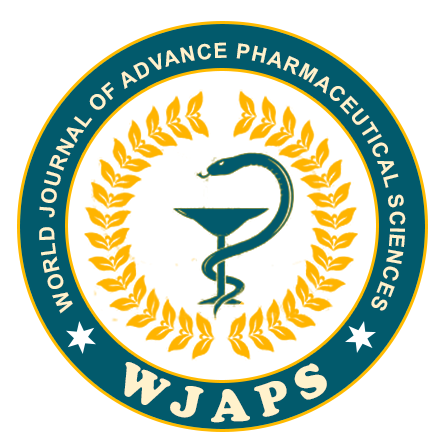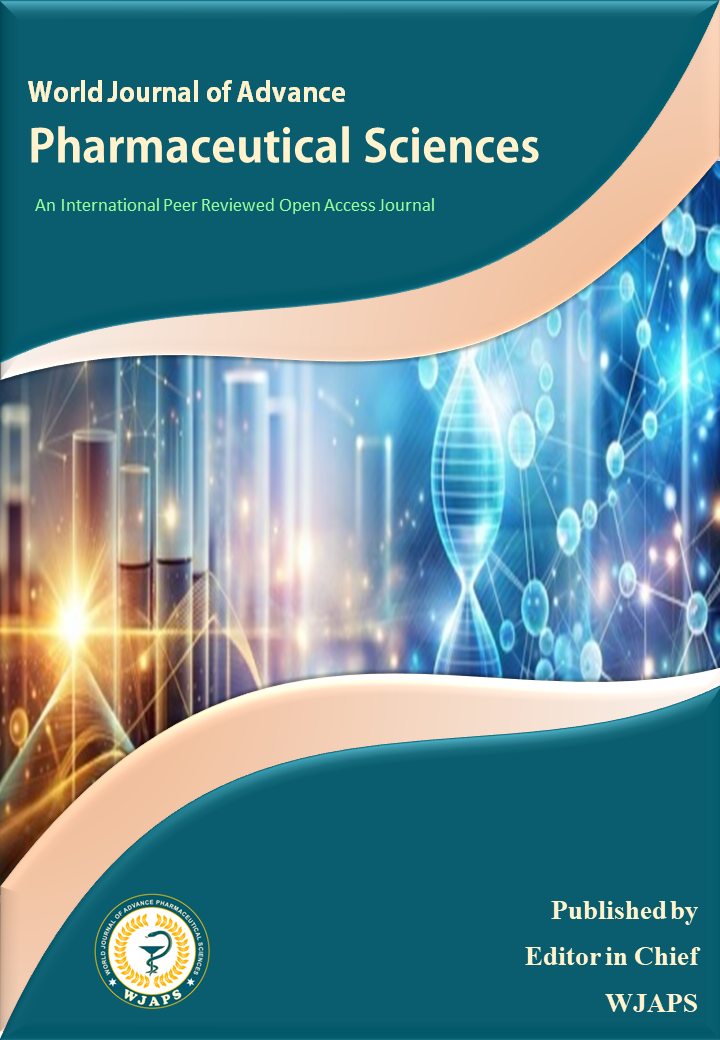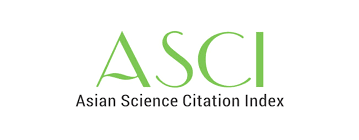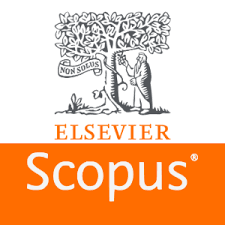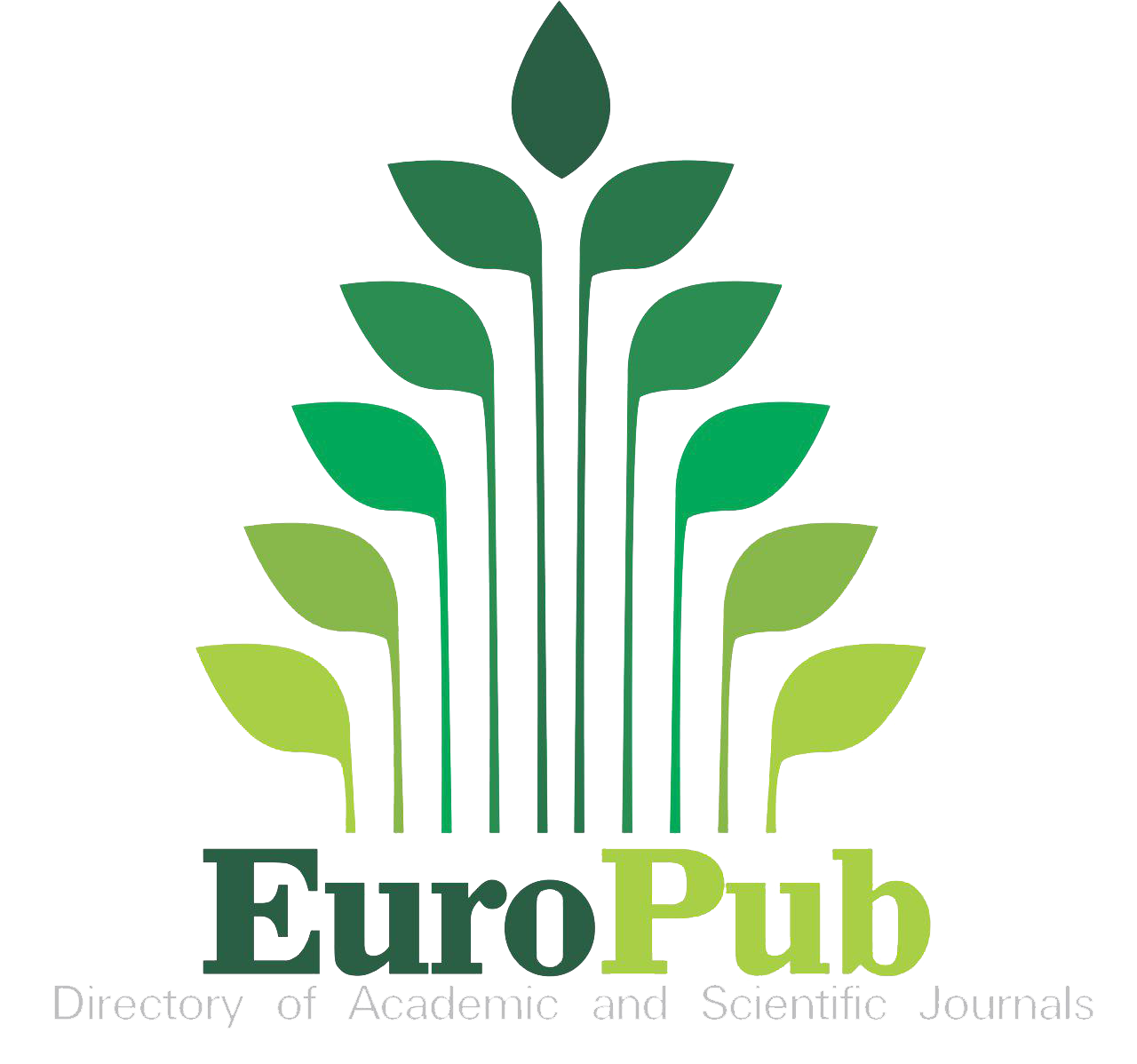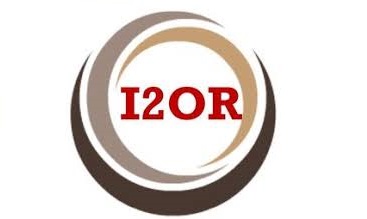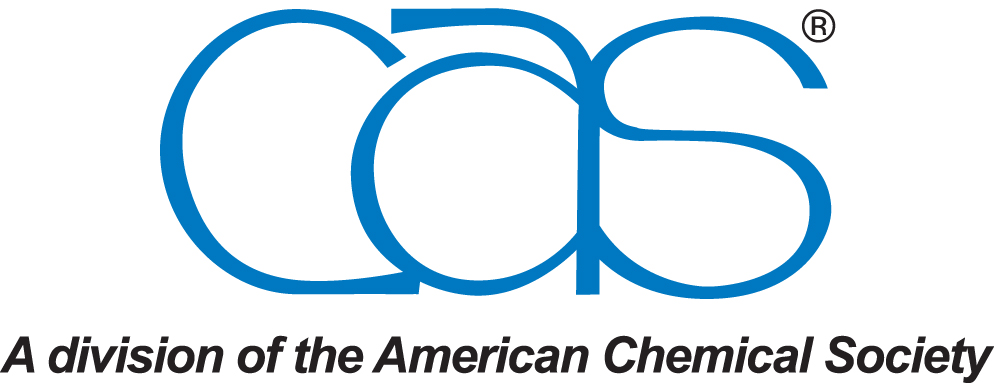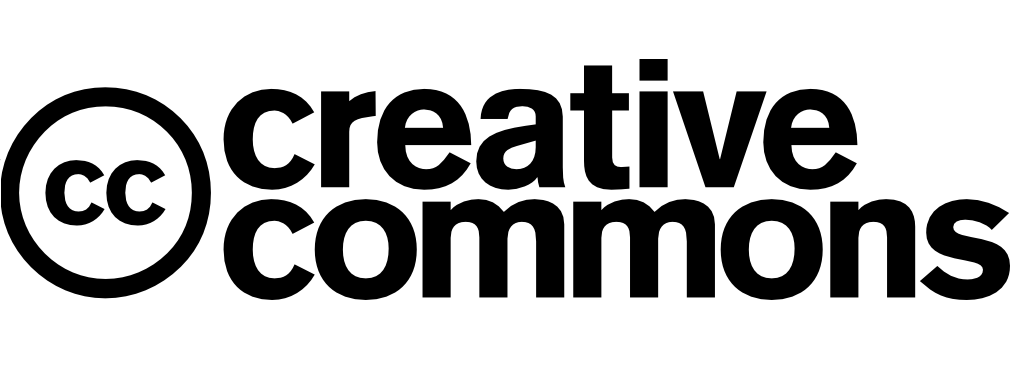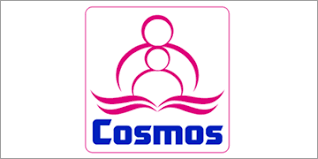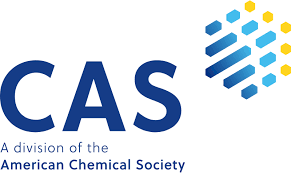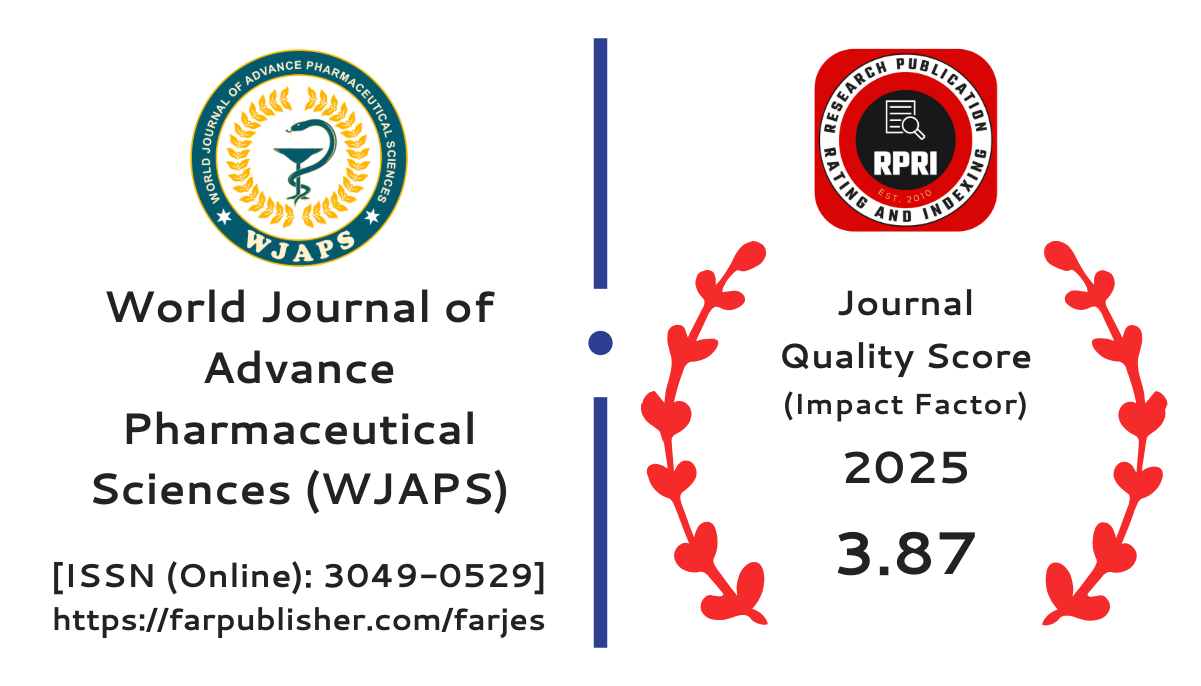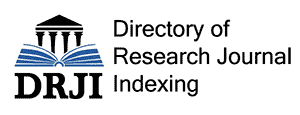EVALUATING THE TOXICOLOGICAL IMPACT OF CYPERMETHRIN, INDOXACARB, BIFENTHRIN, AND LAMBDA-CYHALOTHRIN ON BREVICORYNE BRASSICAE (L.)
*Fawad Khan, Prof. Mahnoor Pervez, Prof. Dr. Imtiaz Ali Khan, Samina Yasmin, Prof. Dr. Farhanda Manzoor, Inam Ullah and Sana Shahid
The purpose of this study was to evaluate how well chemical pesticides work against canola aphids during the winter of 2019 at The University of Agriculture Peshawar. The treatments that were included are Indoxacarb @ 0.5 ml/lit, Cypermethrin @ 3ml/lit, lambda-cyhalothrin @ 1.5-2 ml/lit, Bifenthrin @ 2.5 ml/lit, and a control (tap water) were applied four times monthly at 7-day intervals. Aphid population data were recorded, with the highest infestation (3.1 Aphids leaf -1) observed during the 2nd week of November. Results indicated that the lowest mean infestation was caused by lambda- cyhalothrin (3.74±0.36), which was followed by bifenthrin (3.95±0.32), then indoxacarb (4.35±0.28), and then the cypermethrin (4.55±0.28). Additionally, lambda-cyhalothrin-treated plots had the highest yield of (16.00±0.49 ha-1), whereas the control group produced the lowest yield of (7.17±0.43 ha-1). Hundred percent was the highest mortality rate attained by lambda-cyhalothrin and cypermethrin after 72 hours of testing. These results suggest that further research be done on the possible adverse effects of synthetic pesticides in order to have a better understanding of how they affect the environment.
[get full article]